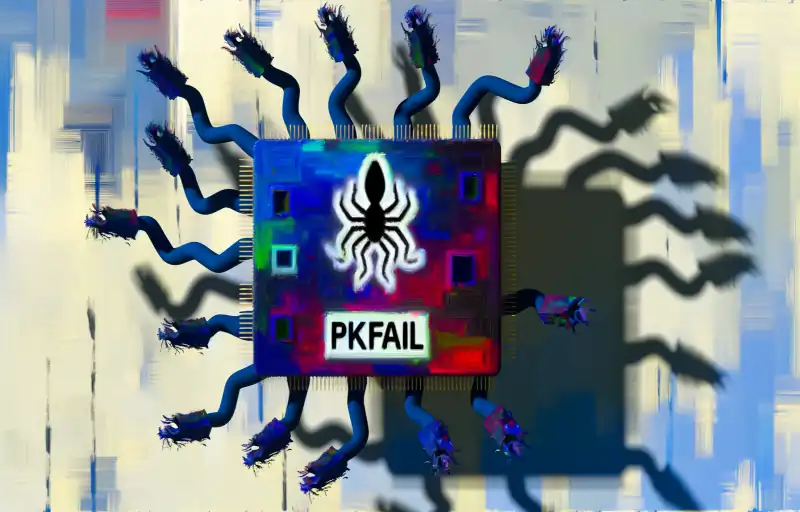
“PKfail: Exposing the Core, Compromising the Boot”
Exploring PKfail: Understanding Its Impact on UEFI Bootkits and System Security
A newly identified vulnerability, known as PKfail, is raising alarms across the cybersecurity landscape due to its potential to allow attackers to execute malicious code during the critical boot process of a computer. This vulnerability targets the Unified Extensible Firmware Interface (UEFI), which is a specification that manages the interface between a computer’s operating system and its firmware. UEFI has largely replaced the older BIOS system in most modern computers, offering more advanced features and faster boot times. However, with these advancements come new security challenges.
PKfail exploits a flaw in the way UEFI handles security certificates during the boot process. Security certificates are essential for ensuring that only trusted software can run when a computer starts up. This is crucial for preventing malware from embedding itself deep within the system before the operating system even loads. Unfortunately, PKfail allows attackers to bypass these protections by manipulating the certificate verification process, potentially leading to the installation of UEFI bootkits.
UEFI bootkits are particularly dangerous types of malware because they load before the operating system and can remain undetected by most antivirus software. Once installed, they can take control of the entire system, spying on user activities, stealing data, or creating a backdoor for future attacks. The stealthy nature of these bootkits makes them challenging to detect and remove, often requiring specialized tools or a complete firmware update.
The discovery of PKfail underscores the ongoing cat-and-mouse game between cybersecurity professionals and attackers. As security measures evolve, so too do the tactics of those looking to exploit system vulnerabilities. The impact of this particular vulnerability is significant because it affects a fundamental part of the computing environment that was previously considered secure against such intrusions.
Addressing PKfail effectively requires a multi-faceted approach. First and foremost, hardware manufacturers and software developers must work together to issue patches and firmware updates to fix the underlying flaw in certificate handling. This collaboration is crucial because fixing firmware vulnerabilities often requires changes at the hardware level, which can be more complex than software updates.
For users, staying informed about potential threats and understanding how to protect their systems is key. This includes keeping their devices updated with the latest security patches and being cautious about the sources from which they download software. Additionally, using comprehensive security solutions that can detect and reduce threats at the firmware level can provide an added layer of protection.
The cybersecurity community continues to stress the importance of responsible disclosure and proactive security research. By identifying and reporting vulnerabilities like PKfail before they are exploited in the wild, researchers play a critical role in maintaining digital security. This proactive approach not only helps protect individual users but also supports the overall integrity of global digital infrastructure.














